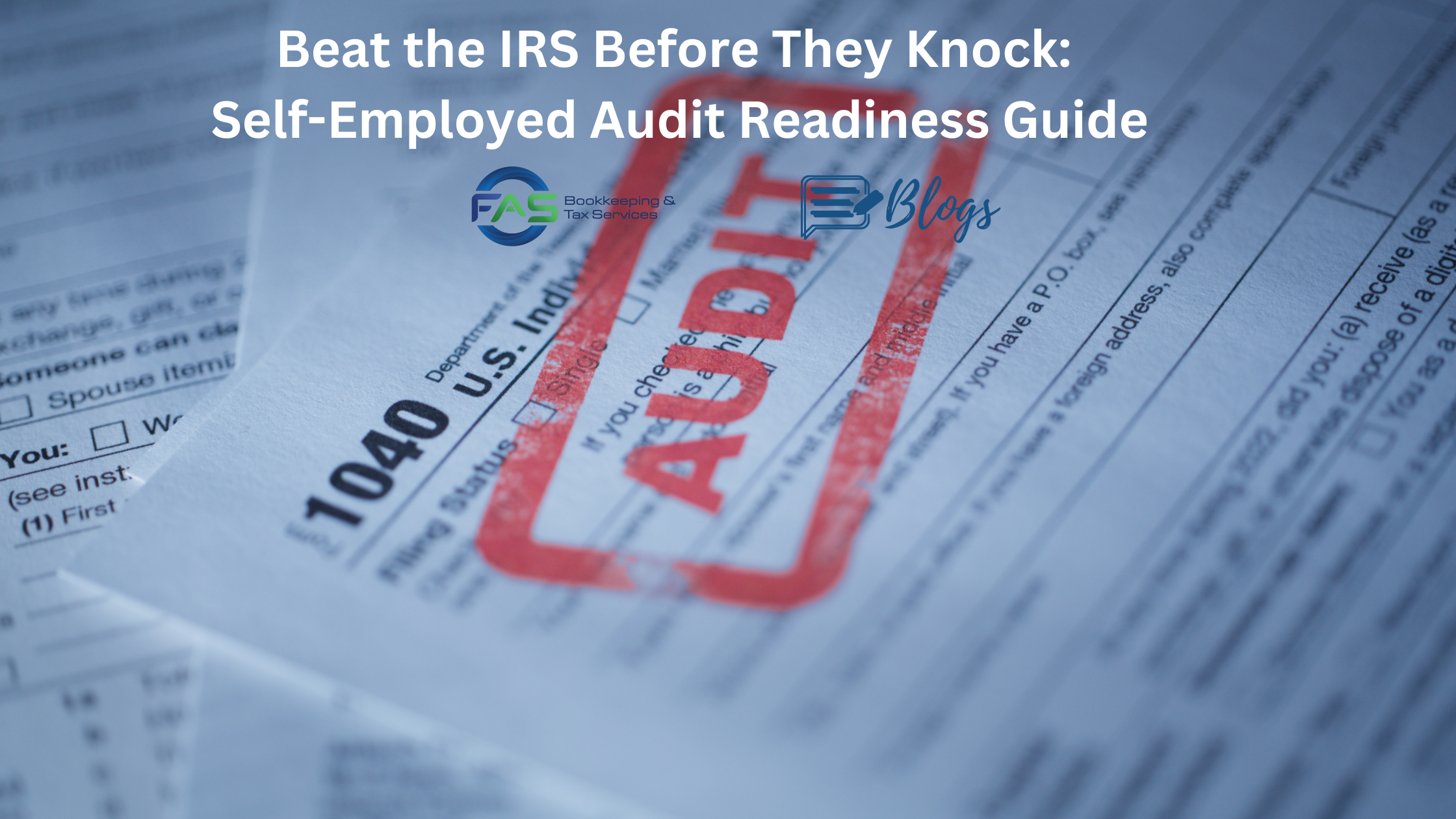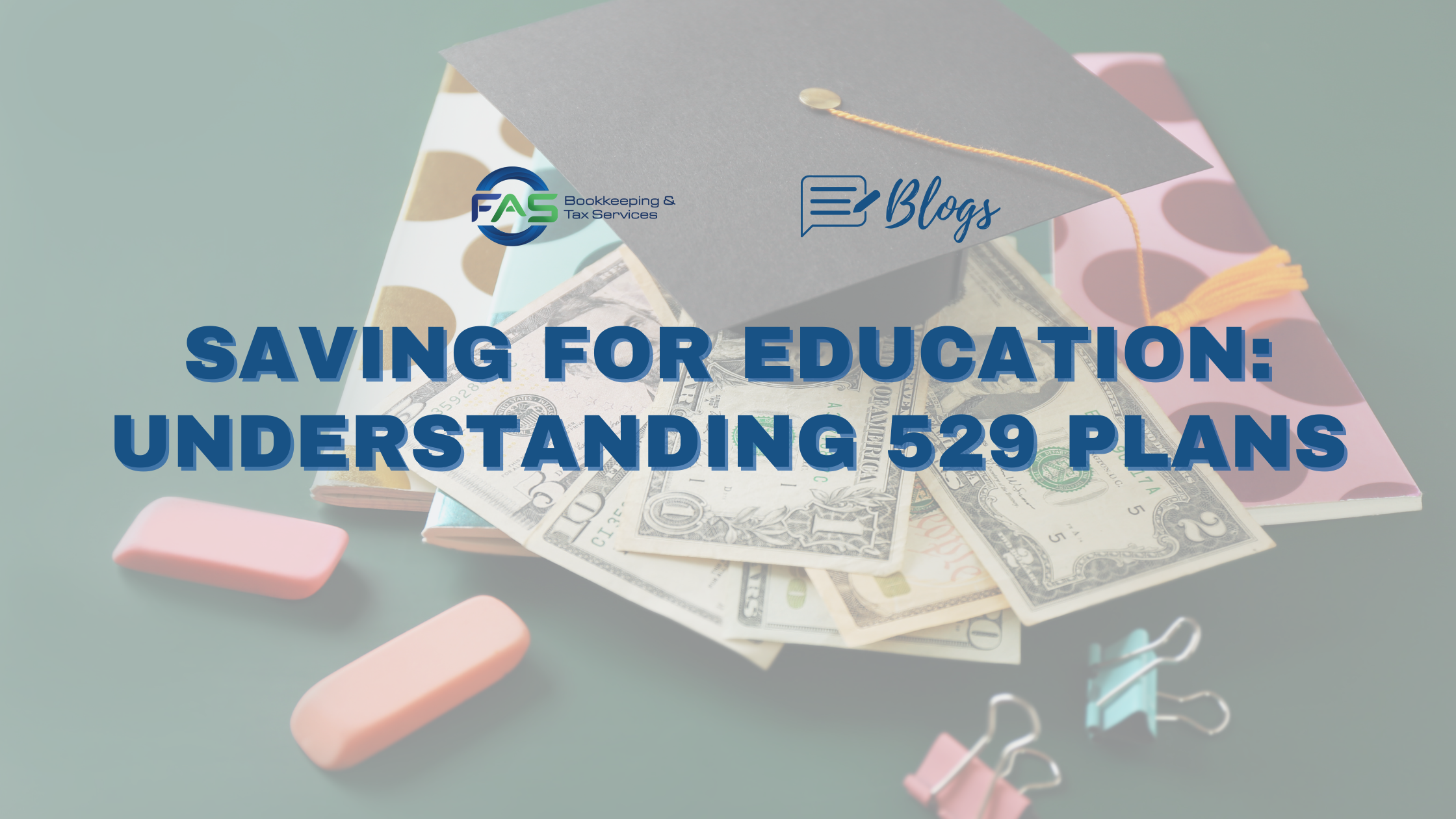Saving for Education: Understanding 529 Plans
Many parents are looking for ways to save for their child’s education, and a 529 Plan is an excellent way to do so. Even better is that, thanks to the passage of tax reform legislation in 2017, 529 plans are now available to parents wishing to save for their child’s K-12 education as well as college (two and four-year programs) or vocational school.
The SECURE Act of 2019 expanded the 529 Plan to include fees, books, supplies, and equipment for apprenticeship programs and repayment of principal and interest on student loan debt for the designated beneficiary or the beneficiary’s sibling, up to a lifetime limit of $10,000.
You may open a Section 529 plan in any state, and there are no income restrictions for the individual opening the account. Contributions, however, must be in cash, and the total amount must not be more than is reasonably needed for higher education (as determined initially by the state). A minimum investment may be required to open the account, such as $25 or $50.
Each 529 Plan has a designated beneficiary (the future student) and an account owner. The account owner may be a parent or another person and typically is the principal contributor to the plan. The account owner is also entitled to choose (and change) the designated beneficiary.
Neither the account owner nor beneficiary may direct investments. Still, the state may allow the owner to select a type of investment fund (e.g., fixed-income securities) and change the investment annually as well as when the beneficiary is changed. The account owner decides who gets the funds (can pick and change the beneficiary) and is legally allowed to withdraw funds at any time, subject to tax and penalties (more about this topic below).
Unlike other tax breaks for higher education funding, such as the American Opportunity and Lifetime Learning Tax Credits, 529 plans aren’t limited to funding only tuition. Room, board, lab fees, books, and supplies can be purchased with funds from your 529 Savings Account. However, individual state programs could have a more narrow definition, so check with your particular state.
Tax-Free Distributions
Distributions from 529 plans are tax-free as long as they are used to pay qualified higher-education expenses for a designated beneficiary. Distributions are tax-free even if the student claims the American Opportunity Credit, Lifetime Learning Credit, or tax-free treatment for a Section 530 Coverdell Education Savings Account (ESA) distribution – provided the 529 plan distributions aren’t covering the same specific expenses.
Qualified expenses include tuition, required fees, books, supplies, equipment, and special needs services. Room and board also qualify for someone who is at least a half-time student. Also, starting in 2018, qualified expenses include up to $10,000 in annual expenses for tuition in connection with enrollment or attendance at an elementary or secondary public, private, or religious school.
Qualified expenses also include computers and related equipment used by a student while enrolled at an eligible educational institution; however, software designed for sports, games, or hobbies does not qualify unless it is predominantly educational in nature.
Federal Tax Rules
Income Tax. Contributions made by the account owner or other contributor are not deductible for federal income tax purposes, but many states offer deductions or credits. Earnings on contributions grow tax-free while in the plan. Distributions for a purpose other than qualified education are taxed to the one receiving the distribution. In addition, the taxable portion of the distribution will incur a 10 percent penalty, comparable to the 10 percent penalty that applies to Coverdell ESAs. Also, the account owner may change the beneficiary designation from one to another in the same family. Funds in the account roll over tax-free for the benefit of the new beneficiary.
Gift Tax. For gift tax purposes, contributions are treated as completed gifts even though the account owner has the right to withdraw them – thus, they qualify for the up-to-$17,000 annual gift tax exclusion in 2023 ($16,000 in 2022). One contributing more than $17,000 may elect to treat the gift as made in equal installments over that year and the following four years so that up to $85,000 can be given tax-free in the first year.
Estate Tax. Funds in the account at the designated beneficiary’s death are included in the beneficiary’s estate – another odd result since those funds may not be available to pay the tax. Funds in the account at the account owner’s death are not included in the owner’s estate, except for a portion where the gift tax exclusion installment election is made for gifts over $17,000 ($16,000 in 2022). Here is an example: If the account owner made the election for a gift of $85,000 ($80,000 in 2022), a part of that gift is included in the estate if the owner dies within five years.
A Section 529 plan can be an especially attractive estate-planning move for grandparents. There are no income limits for contributing, and the account owner giving up to $85,000 ($80,000 in 2022) avoids gift tax and estate tax by living five years after the gift, yet has the power to change the beneficiary.
State Tax. State tax rules are all over the map. Some reflect the federal rules, and some are quite different. For an overview of each state’s 529 plan, see: College Savings Plans Network (CSPN).
Looking Ahead
Starting in 2024, 529 college savings plans maintained for at least 15 years can be rolled over to a Roth IRA. Any contributions (and earnings on those contributions) to the 529 plan made within the last five years are not eligible. The rollover must be trustee to trustee, with a lifetime limit of $35,000 per account beneficiary. Rollovers are subject to Roth IRA annual contribution limits.
Seek Professional Guidance
Considering the differences among state plans, the complexity of federal and state tax laws, and the dollar amounts at stake, please call the office and speak to a tax and accounting professional before opening a 529 plan. As always, don’t hesitate to contact the office if you have questions about this or any other tax topics affecting your tax




